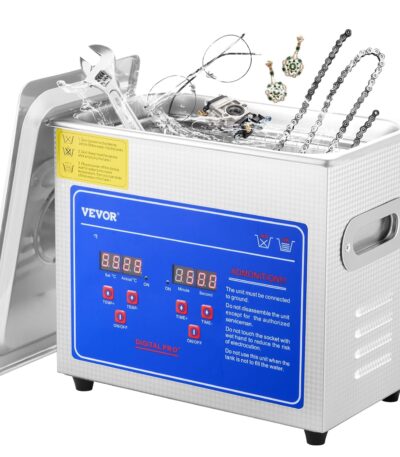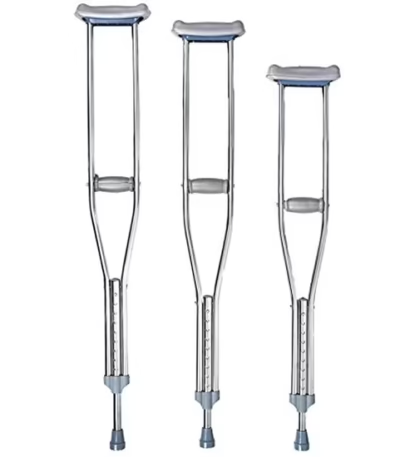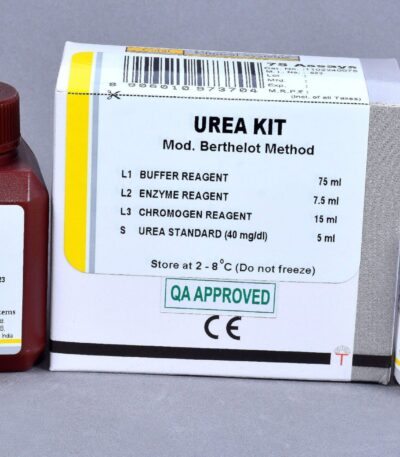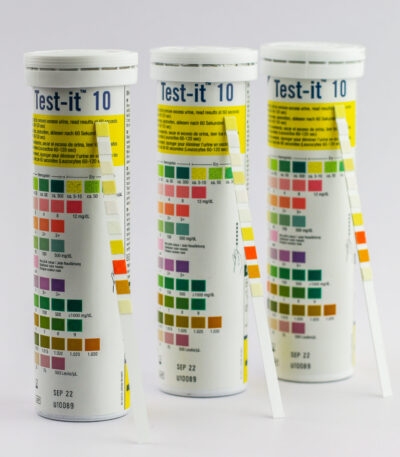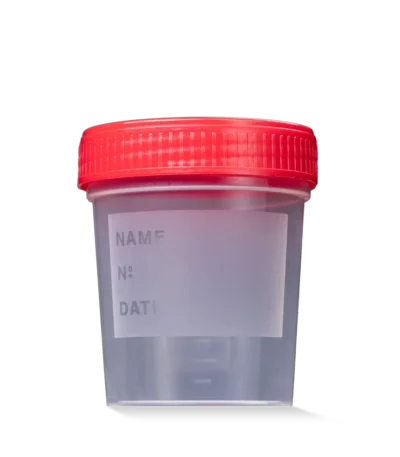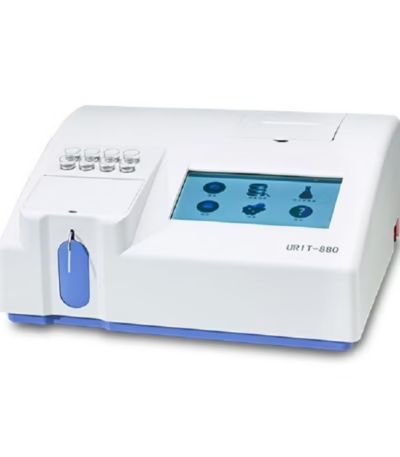Filter by price
Stock status
Showing 541–552 of 572 results
ULTRASONIC STAINLESS STEEL CLEANER
Ultrasound Jelly – 5 Litres
Ultrasound Printer – Brand New
Ultrasound Printer – Refurbished
Ultrasound Printing Paper
Under Arm Crutches
Urea Reagents
Principle of Measurement
1. Urease–GLDH Method (Enzymatic UV)
(Most widely used, highly specific)
How it works:
-
Urease enzyme hydrolyzes urea → ammonia + carbon dioxide.
-
Ammonia reacts with α-ketoglutarate in the presence of GLDH (glutamate dehydrogenase).
-
NADH is oxidized to NAD⁺, causing a decrease in absorbance at 340 nm.
-
The rate of absorbance decrease is proportional to urea concentration.
Advantages:
-
Very specific
-
Minimal interference
-
Ideal for automated chemistry analyzers
2. Berthelot (Indophenol) Colorimetric Method
(Common in semi-auto analyzers)
How it works:
-
Urease converts urea to ammonia.
-
Ammonia reacts with phenol and hypochlorite → blue indophenol dye.
-
Absorbance measured at 580–600 nm.
Advantages:
-
Stable color formation
-
Suitable for manual and semi-automatic systems
3. Diacetyl Monoxime (DAM) Method (Older method)
Forms a yellow complex; used mainly in research.
Reagent Components
Urease–GLDH Reagents May Contain:
-
Urease enzyme
-
GLDH enzyme
-
NADH
-
α-ketoglutarate
-
Buffer solution
-
Surfactants and stabilizers
-
Preservatives
Berthelot Reagents May Contain:
-
Phenol
-
Sodium nitroprusside
-
Hypochlorite
-
Buffer solution
Packaging Formats
-
Two-reagent systems (R1 buffer + R2 enzyme)
-
Single-reagent kits (less common)
-
Analyzer-specific liquid cartridges
Typical volumes: 25 ml, 50 ml, 100 ml, 250 ml.
Uric Acid Reagents
Principle of Measurement
1. Uricase–Peroxidase (Uricase/POD) Method (Most common)
Reaction Process
-
Uricase converts uric acid into allantoin, CO₂, and hydrogen peroxide (H₂O₂).
-
H₂O₂ reacts with a chromogenic dye in the presence of peroxidase, forming a colored quinone-imine or similar compound.
-
The color intensity is measured photometrically between 520–550 nm, proportional to uric acid concentration.
Advantages:
-
High specificity
-
Minimal interference from glucose, ascorbate, and bilirubin (depending on kit formulation)
-
Widely compatible with automated analyzers
Reagent Components
A typical uric acid reagent kit contains:
R1 (Buffer/Enzyme reagent)
-
Phosphate buffer
-
Uricase enzyme
-
Peroxidase enzyme
-
Chromogenic dye precursors
-
Surfactants and stabilizers
-
Preservatives
R2 (Color reagent) (in two-reagent systems)
-
Dye enhancer or color-developing components
-
Auxiliary stabilizers
-
Preservatives
Some kits come as single ready-to-use reagent.
Packaging Formats
-
Liquid-stable reagents (most common)
-
Two-reagent packs (R1 + R2)
-
Analyzer-specific cartridges
-
Optional calibrators and controls
Common volumes: 25 ml, 50 ml, 100 ml, 250 ml, and larger bulk sizes.
Sample Types
-
Serum
-
Plasma (heparin, EDTA)
-
Urine (usually diluted before measurement)
Urinalysis Strips
Urine Containers
URIT‑880 Semi‑Automated Chemistry Analyzer
Key Features & Specifications
-
User Interface: 7‑inch colour touch-screen operation.
-
Optical/Measurement System:
-
Light source: Halogen lamp, 6 V/10 W.
-
Wavelengths available: 340 nm, 405 nm, 492 nm, 510 nm, 546 nm, 578 nm, 630 nm, 700 nm.
-
Absorbance range: ‑0.3 to 4.0 Abs.
-
Flow cell: 10 mm quartz cell, volume ~32 µL.
-
-
Methods Supported: Endpoint, kinetic, two‑point kinetic, dual wavelength, ABS.
-
Sampling Volume: Adjustable 100 µL to 9,999 µL (recommended ≥ 500 µL).
-
Incubation Positions: 8 inner incubation positions.
-
Memory Capacity: Up to 300 test items and ~30,000 test results.
-
Physical Size (approx): 362.5 mm × 341 mm × 165 mm (L × W × H).
-
Power / Operating Environment: AC 110–220 V, 50 Hz; ambient temperature 10 °C–32 °C; humidity up to 85%.
-
Other Features: Supports barcode reader; built‑in thermal printer; multiple interface ports (USB, RJ‑45, etc.).

